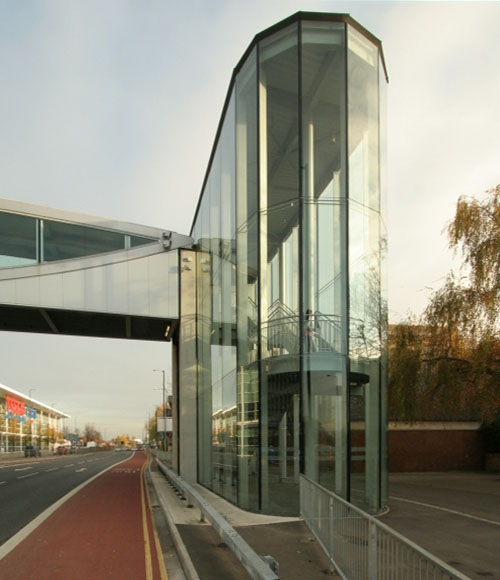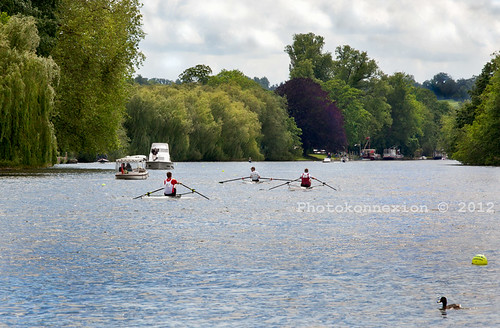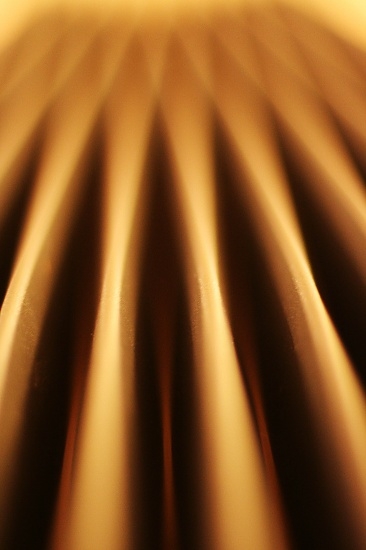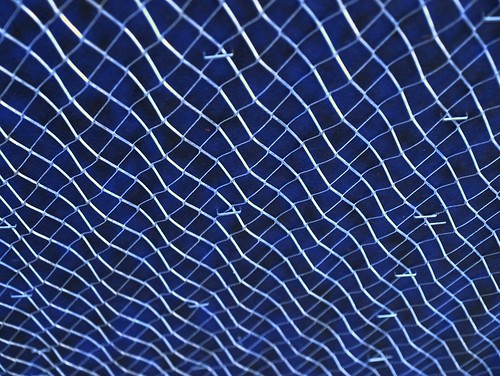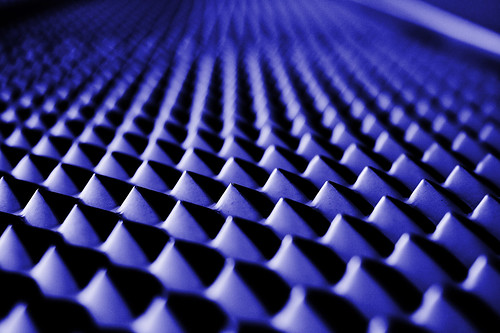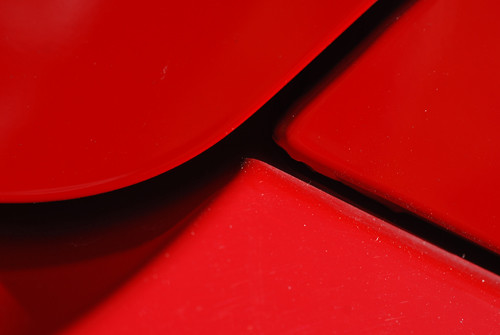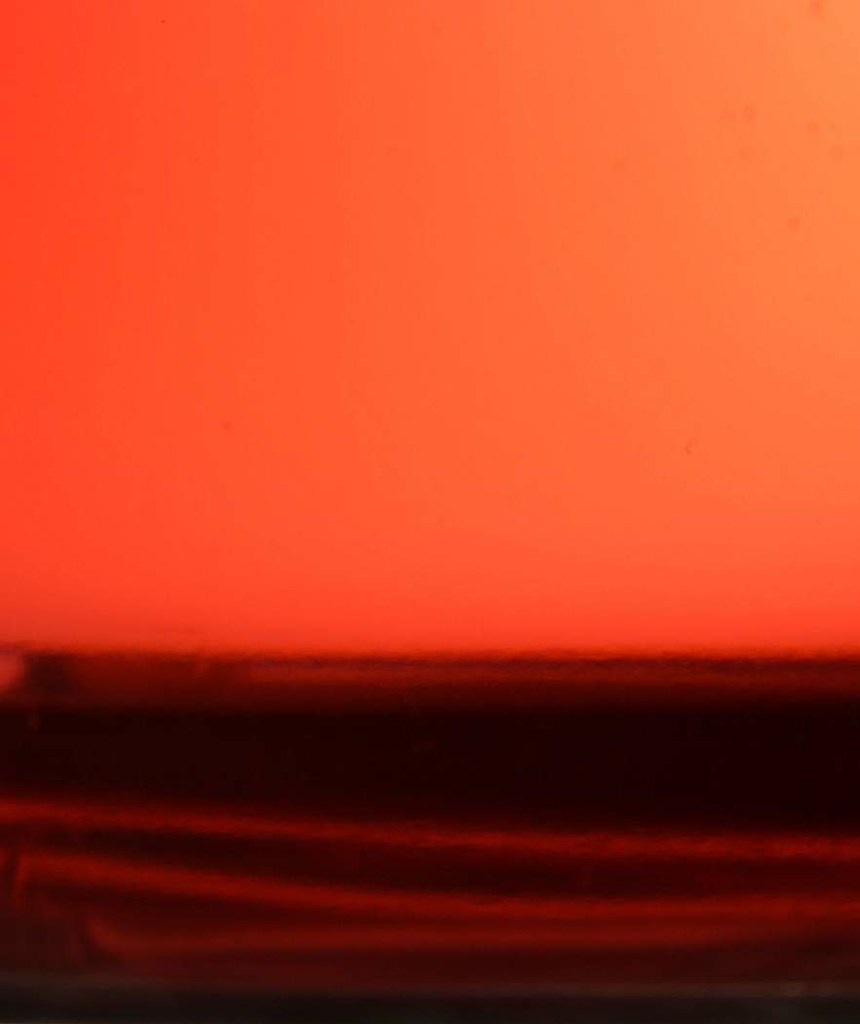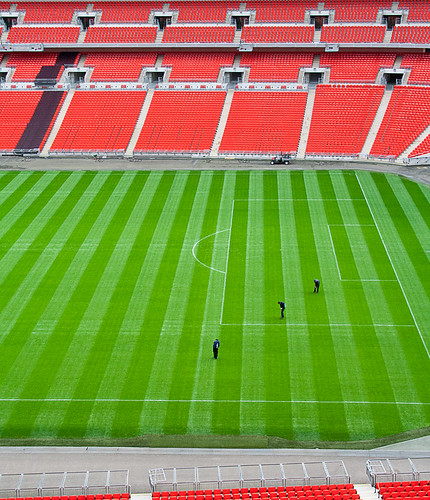
• Groundsmen •
There are patterns and geometries in so many things…
Click image to view large
• Groundsmen • By Netkonnexion on Flickr ![]()
Geometry and pattern appear everywhere.
Spotting it is about having an eye for lines and curves. The essence of a geometric relationship is what we look for in order to bring out pattern and balance.
How does geometry get into an image.
Geometry and pattern are closely related. They interact because the eye is able to pick out patterns. We are adept at spotting the non-accidental relationships involved in lines and curves. When these lines and curves intersect in a meaningful way we recognise something – something constructed.
By way of example, one such relationship we see in pictures is bridges. They often appear in landscape photographs. They add a geometric potency to the apparent chaos of nature and seem to pull a scene together by drawing one end to the other in an image. They do this because the eye is trained to follow lines. Bridges represent significant lines, and sometimes curves, so that they are distinguished from the surrounding natural landscape. To us this is a powerful draw to the eye.
The patterns we see in so many thing around us are not just an accident. They are part of our man-made landscape. So getting these patterns into our pictures is about becoming sensitive to them and then pointing them out. Pointing them out is interesting to the eye, and so you capture your viewers attention.
Wembley Stadium
On a tour visit to the new Wembley Stadium I took the picture above. It all came together by chance. I was listening to the guide and noticed these three groundsmen working on the grass. They were doing something where they stopped every few moments and did something to the grass. I watched them for a few minutes and took five photographs of them and their surroundings. Then, just as our guide told us to follow him, the three groundsmen stopped to work and, for just a moment, they were in a perfect line. They fell into a wonderful geometric relationship with the rest of the scene.
The different geometry’s in this scene are varied and expressive. The whole scene is about lines, angles and intersections. The grass is contained in a surrounding of geometric shapes in the seats and the stadium itself. The grass is marked out for Soccer. The grass has been mowed and the patterns coincide with the soccer markings. The lines of seats in the stands line up with the grass lines… and so on. The great thing about this shot is the new layer of geometry created by the groundsmen. How they fell in line was a bonus. The fact that their geometry intersects with the other geometries around them creates a new reality. The implied line of the men bisects the angle of the goal mouth marking. They also line up with the grass mowing lines. Thier position is at a lovely angle to the other lines that are so strong around them…
For one glorious second all the geometries in this scene have an intimate correspondence. They accidentally created a wonderful new synthesis. A synthesis that was deliciously temporary.
Correspondence
The extraordinary thing about photography is its ability to bring to notice things that would pass you by in other situations. Patterns and geometries in the world around us are really great ways to pick up the essence of a scene. Geometry can be a great linker in a scene. Or, it can be a counterpoint, organisation to emphasise chaos. Similarly pattern can draw a scene together by structuring similarities.
Being sensitive to lines and curves and their relationships is a useful skill for a photographer. When you are out and about make an effort to allow your eye to run along lines and follow curves. When you start to do it regularly you will begin to find some extraordinary relationships between them.
Photokonnexion Photographic Glossary – Definitions and articles.
Composition resources on Photokonnexion


